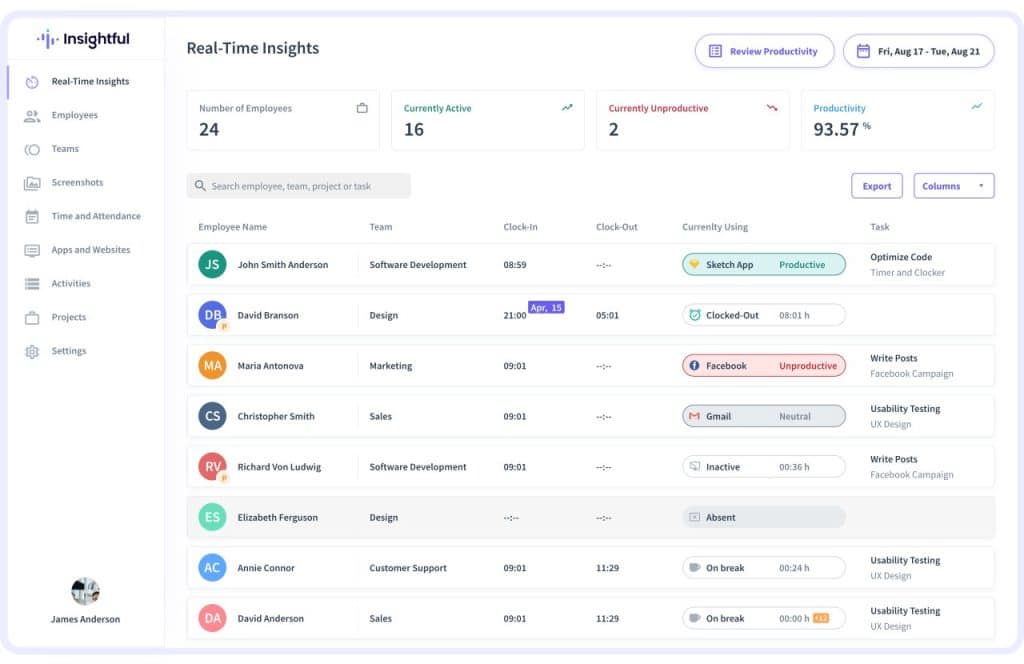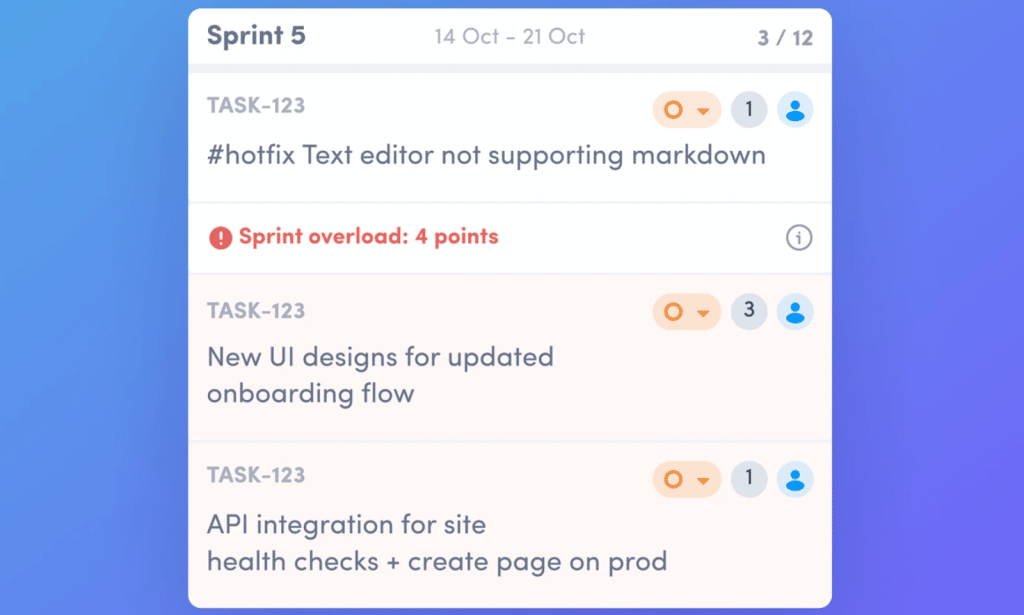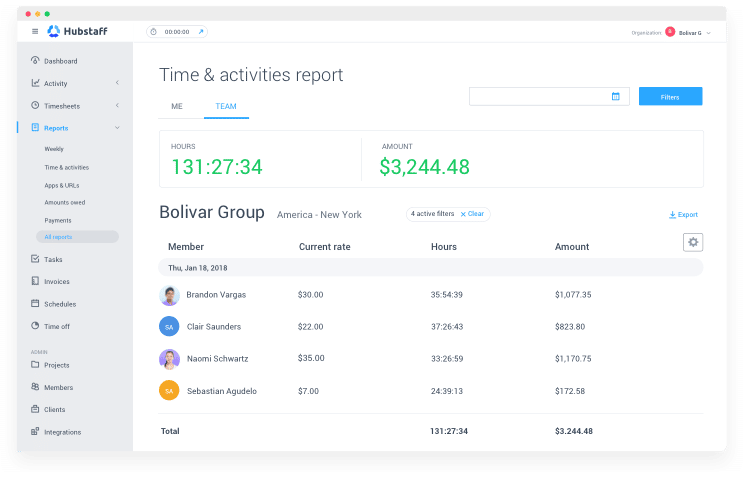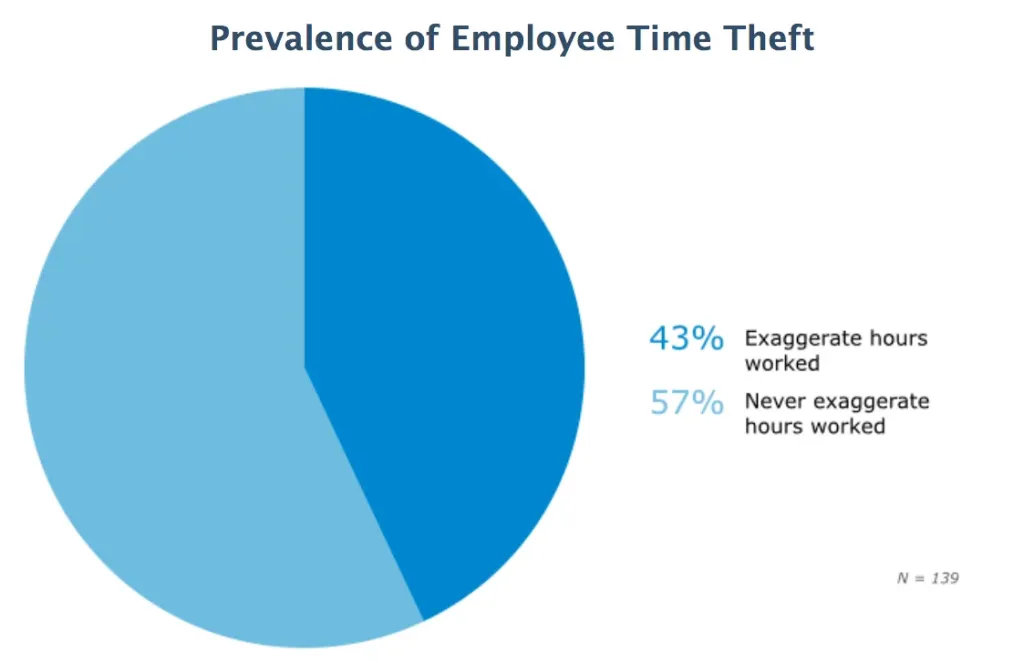What did you do at work yesterday? How much time did you spend on different tasks? Were you more or less productive working on a task than last week?
Most people struggle to answer what they get up to on a normal day in the office. They can’t tell you how much time it took to complete a task. Yet, as a business owner, you want to know what your staff is doing in the office.
Time tracking is one of the best ways to get a handle on what people get up to in the office. Here are four benefits to setting up a time-tracking system in your office.
1. Helps You Recognize Your Top Talent
There are always people whose hard work isn’t recognized. People get overlooked, even if they check in early and work solidly through the day. At the other end of the spectrum, some people are great at talking to management, but never seem to do any work.
The way you recognize staff performance can have a significant impact on company culture. The incentives you put in place also affect the way your company operates. Think about these two scenarios:
- People who suck up to management seem to get promotions.
- Top performers get promoted based on transparent Key Performance Indicators (KPI).
Ambitious people will react differently in these two situations.
Ideally, you should use a combination of time tracking and KPI can help you set a transparent baseline for establishing employee performance. You can use data to identify your star performers and reward them accordingly.
You can also use time-tracking tools to improve accountability. Keeping people accountable is a struggle if you’re leading a hybrid or remote team.
Tracking tools that reveal what tools people are using can help boost accountability. You can see how much time people worked on tasks and subsequently use that data when evaluating employee performance.
2. Helps You Set Realistic Goals
Does your “to do” list never seem to end? Is your team never hitting deadlines?
It’s counterintuitive, but the problem may be unrealistic targets rather than poor performance. That can be a significant problem for your company. People with too much to do are more likely to face burnout. Unfortunately, burnout will disproportionately impact your best-performing staff who try to hit your unrealistic goals.
Time-tracking can help you assess how long a task will take to complete. That’s one way of assessing workload. There are others.
For example, there is a new generation of project management tools using AI to assess team capacity. Tara.ai is a case in point. The sprint planning software helps you scope workload. It will tell you if the number of tasks you plan to do in a week is realistic.
There are other sprint planning tools with similar features. We can expect more of these developments in the future as AI becomes a bigger part of our work lives.
3. Charge Clients Fairly
Many businesses charge clients on a project-by-project basis. Charging businesses per project can feel great. You get a lump sum paid in installments throughout the work. If you’re costing is correct, charging for project work can be very profitable.
You’ve probably heard a few horror stories about incorrectly costed projects. If you’re working for yourself, incorrectly pricing a project could result in you working for less than the minimum wage. For a big company, an incorrectly costed project can cost the business money.
That’s not a situation you want to deal with.
At the other end of the spectrum, you might overestimate how much time it would take to complete the work. That means that you over-charge clients. While that might feel good in the short term, being too expensive isn’t the kind of thing you want to be known for.
Effective time tracking and improved project management help you assess costs.
You’ll be able to see how much time your team spent working for a client and assess the costs. Those insights allow you to put in competitive bids when pitching prospects. The more competitive your bid, the higher the chance you’ll win the work.
In the screengrab above, let us assume that the project manager had set a total of 135 hours for the project lifecycle, against a fixed budget of say $3500. From the time tracking app, the project lead can tell at a glance whether the project team will meet their expectation of 135 hours at the $3500 budget.
4. Increase Productivity at Work
There are many distractions in the office. We’ve all spent time browsing on social media when we should be working (scrolling through LinkedIn during work hours isn’t networking). Or, going to grab our third cup of tea in the day, simply because a tea break gives you an excuse to step away from your desk for 10 minutes.
All of these breaks at work cost money. A 2007 report by The Kentucky CPA Journal, titled “Biting the Hand that Feeds: The Employee Theft Epidemic”, estimated that “time theft” costs the US economy about $400 billion annually in lost productivity.
Source
And as you can see from the pie chart above, the number of people who exaggerate working hours is pretty high as well. The figure implies that every other person in your office is exaggerating their working hours.
There are various tools you can use to reduce distractions and improve productivity.
As mentioned previously, you can find time-tracking tools that reveal what apps or tabs people have open. External supervision is one way of improving employee productivity. However, it’s best to use these measures alongside others.
For example, consider getting your colleagues to use a focus app when working. There are plenty of great focus apps that will stop you from accessing social media or playing around in your inbox.
Another thing you might want to focus on is identifying the most productive working hours. That’s a logical way to get the most from your team.
For example, I’m most productive in the morning between 8-12. At around 4 pm, I start to get distracted. So, I schedule tasks where I need to be focused for the morning. I do tasks where I have to collaborate with others in the afternoon. Aligning my work schedule with my rhythm makes me more productive.
If you are running a remote or hybrid team, you can tell the most productive hours for specific employees. For example, some people prefer working at night while others might prefer early morning. With such data, you can better organize your workflows and teams to boost your overall productivity.
In Closing
As an employee, manager, or company owner, you want to make the most of your time. You can implement various strategies to improve team performance.
This guide covered five benefits of time tracking. You learned how time tracking can help you avoid employee burnout and set realistic workloads, estimate project costs more efficiently, and increase overall productivity at work.









Thanks for the screenshot of Hubstaff under point three! Our time and reporting features in Hubstaff do a great job of keeping both projects and costs where they need to be!
Fantastic article Indeed, time monitoring is a useful tool for both businesses and employees. It offers a wide range of advantages that can greatly raise workplace productivity and efficiency.